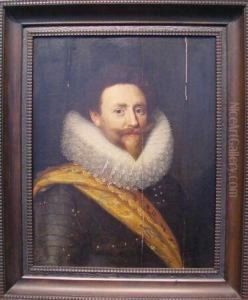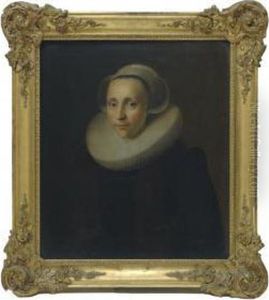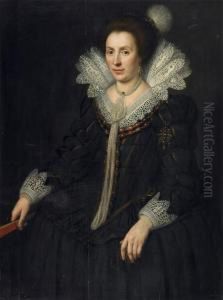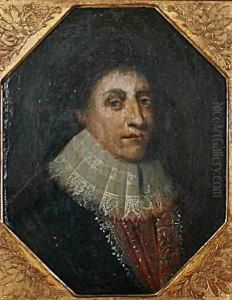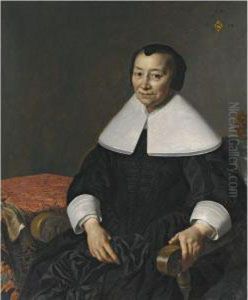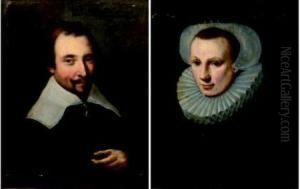Michiel Van Miereveldt Paintings
Michiel Janszoon van Mierevelt, often known as Michiel van Miereveldt or Miereveld, was a Dutch Golden Age painter and draftsman, renowned for his portrait work. Born on May 1, 1567, in Delft, Netherlands, he became one of the most prolific and respected portraitists of his time, painting Dutch nobility and European royalty alike.
Mierevelt initially trained with the painter Anthonie van Montfoort in Utrecht before returning to Delft. Early in his career, Mierevelt's work was influenced by the mannerist style, which was characterized by artificial elegance and elongated figures. However, as his style evolved, he became known for his more realistic and detailed approach.
In 1585, he established his own workshop in Delft, where he taught and influenced many other artists, including his son Pieter van Mierevelt, who later joined him in his workshop. Mierevelt's success as a portraitist was partly due to his ability to capture not only the physical likeness of his sitters but also a sense of their personality and status.
Mierevelt's portraits were in high demand, and he received commissions from many important figures of his time. In 1607, he was appointed as the court painter to the Stadtholder Prince Maurits of Nassau, which significantly boosted his career and reputation. His works during this period are notable for their meticulous attention to the details of clothing and jewelry, which reflected the wealth and power of his sitters.
Over his career, Mierevelt produced over a thousand paintings, a testament to his popularity and productivity. His portraits are characterized by a calm and restrained elegance, with sitters often depicted against a neutral background that emphasizes their figures and faces. Mierevelt's technique, particularly in his handling of flesh tones and the texture of fabrics, was highly admired and imitated by his contemporaries.
Michiel van Mierevelt continued to paint until his death in Delft on June 27, 1641. His legacy endures through his portraits, which provide a rich historical record of Dutch society during the early 17th century. His work is represented in numerous museums around the world, including the Rijksmuseum in Amsterdam, the Mauritshuis in The Hague, and the Metropolitan Museum of Art in New York.
